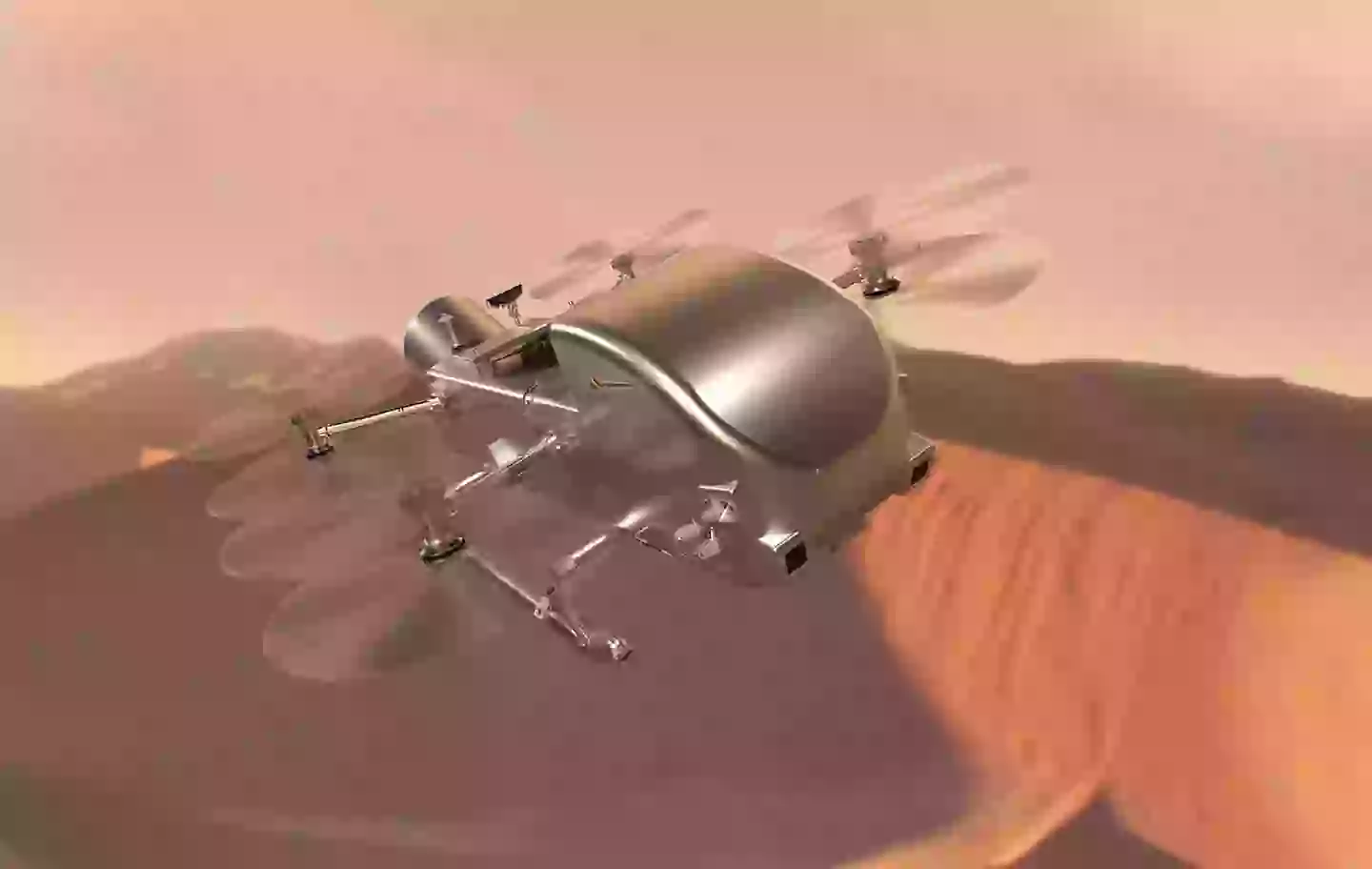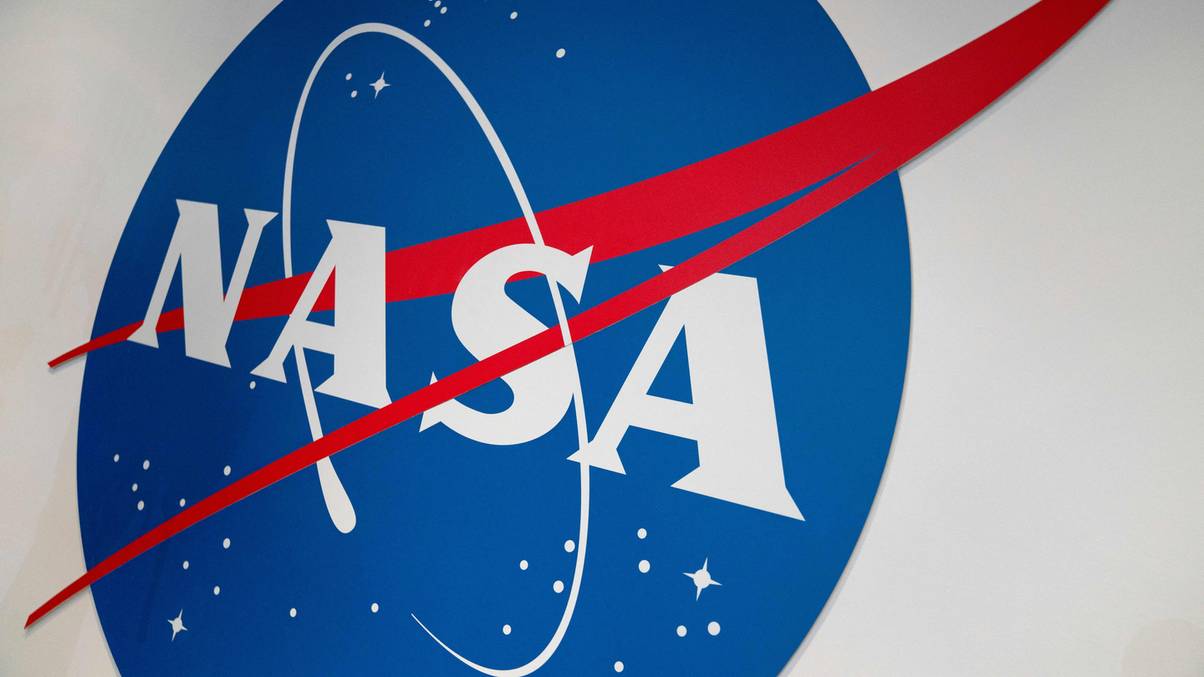Inside NASA’s $3.35 Billion Nuclear Helicopter: The Unexpected Breakthrough That Could Change the Search for Alien Life Forever
So NASA’s cooking up a $3.35 billion “helicopter” — except, it’s nuclear-powered and bound not for a hospital roof but for Titan, Saturn’s biggest moon. Yep, you read that right. This isn’t your average drone delivery fiasco; it’s the Dragonfly mission, and it just smashed through NASA’s Critical Design Review like a boss, clearing the way for its 2028 launch. I mean, who else sends a flying lab with eight rotors to bounce around methane lakes harder to pronounce than your last Tinder date’s name? The real kicker: this thing will cruise over 100 miles across alien dunes, more than double what all the Mars rovers have slogged through combined. So, here’s a thought—if a nuclear helicopter can handle Titan’s thick atmosphere, can it dodge interstellar traffic jams? Or maybe it’s just quietly gearing up to answer the grand cosmic question: Are we really alone out here, or is life just playing hard to get? Intrigued? You should be. LEARN MORE.
NASA’s ambitious Dragonfly mission – a nuclear-powered rotorcraft destined for Saturn’s largest moon, Titan – has just cleared a major hurdle.
The mission passed NASA’s Critical Design Review, a key milestone that confirms the mission’s hardware and software are ready for final assembly and integration.
This puts Dragonfly on track for its 2028 launch; that’s one small step for one, one big-ass leap for finding signs of life.
What is the Dragonfly?

NASA’s $3.35 billion nuclear helicopter searching for alien life (NASA/Johns Hopkins APL/Steve Gribben)
The Dragonfly project is part of NASA’s New Frontiers program, with a staggering price tag of $3.35 billion (£2,507,775,977.)
The nuclear helicopter’s main goal is to explore Titan’s surface and atmosphere, seeking clues about how life might originate and survive in extreme conditions.
Unlike other planetary missions, Dragonfly will not be a stationary lander or a traditional rover. Instead, it will be a flying laboratory, powered by a radioisotope thermoelectric generator, capable of hopping across Titan’s vast and diverse terrain.
The drone will be equipped with eight rotors and designed to fly in Titan’s thick atmosphere, which is denser than Earth’s. That makes flight easier despite the moon’s low gravity.
With the ability to travel about eight miles per flight, Dragonfly will gradually cover over 100 miles during its planned 2.7-year mission. For comparison, that’s more than double the distance travelled by all the Mars rovers combined.
Why Titan matters

Dragonfly will be collecting samples from Titan (NASA/Johns Hopkins APL/Steve Gribben)
Titan, which is larger than the planet Mercury, has a thick atmosphere and surface lakes of liquid methane and ethane. Its environment is rich in organic molecules, making it one of the most Earth-like and potentially habitable places beyond our planet.
Dragonfly will explore multiple locations on Titan, collecting samples and analysing their chemical makeup. It will look for signs of complex organic chemistry and prebiotic conditions that could hint at past or even present signs of life.
Dragonfly’s principal investigator Elizabeth Turtle stated “After years of design and testing, we are excited to start building Dragonfly itself and prepare for its game-changing voyage of exploration across an intriguing, mysterious ocean world.”
The spacecraft is planned to land in a region called Shangri-La, a dune-filled area similar to the deserts seen on the hit movie, Dune. From there, it will fly to various scientifically interesting sites, including an impact crater called Selk, believed to contain water ice and, as well as organic materials.
If nothing else, the data collected from the mission to Titan could help to provide insight into the building blocks of life, making it one of the most exciting and important missions in recent history.


















